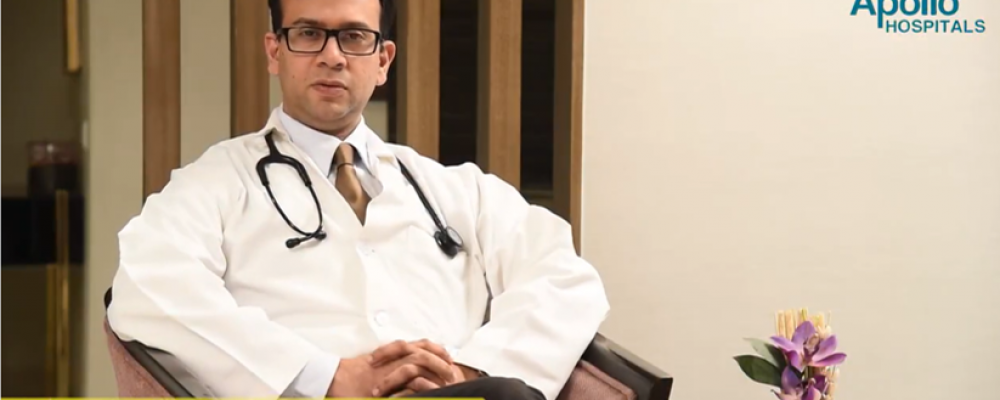It has been observed that the incidence of acute leukaemia in the UAE residents is 1.78 per 100,000 people, with 2.31 IR in females and 1.57 IR in males. The commonly affected age group is individuals between 20 to 44 years of age, with females getting affected more than the men.
Leukaemia is a cancer of the blood cells, specifically the white blood cells. Though exposure to radiation and chemicals are some of the causative factors, more important causes include secondary mutations which cause the leukaemia.
Dr Punit Jain, MD, DM (Haematology), Consultant Haematologist / Haemato-Oncologist & Bone Marrow Transplant Physician at Apollo Hospitals outlines some of the key things every woman should be conscious of, to be able to be diagnosed early ––
Fevers: Your white blood cells are an essential element of your immune system. If they’re detrimental, as is the case for those with leukaemia, you can expect to get sick more frequently. Recurrent and unrelenting febrile episodes can be a presenting symptom for leukaemia in women, such fever is often accompanied by presence of abnormal blood counts, often showing some atypical cells on the peripheral smear.
Weight Loss and Fatigue: Weight loss or Fatigue can accompany fever as a manifestation of leukaemia in women, specifically due to a low haemoglobin. Do consult your doctor if you have recurrent fever and severe fatigue.
Abnormal Blood Count: Very low haemoglobin (anemias), altered white blood cells (Lower or higher than normal) or low platelet counts, all need detailed work up to rule out malignant blood disorders like leukemias in women.
Although treatment options vary based on the disease subtype and the mutation profile of patients, chronic myeloid leukaemias may need just oral therapies like TKIs ex -imatinib/dasatinib etc. – to be taken lifelong. Other leukaemias like acute Myeloid leukaemia may need a combination of chemotherapy with mutation specific drugs in combination for better cure rates. Acute lymphoblastic leukaemias need therapies for almost 2 and half years – with initial intensive therapy for 6 months and then a 2-year maintenance. Some high-risk leukaemia still need an allogeneic stem cell transplant for long term cure.
While there is no specific measure that can help an individual safeguard against leukaemia, it is important to get screened intermittently with a complete blood count. A strong family history of cancer should prompt one to get screened more frequently.
According to Dr Jain, “There have been cases of a higher risk of leukaemia if there is a strong familial history, but there is no direct mother to child transmission. In my opinion, it is important to get health check-ups regularly. Many leukaemias depending on the subtypes, are curable due to advancement in its diagnostics and treatment. What’s important and often helps is a timelydiagnosis.”




